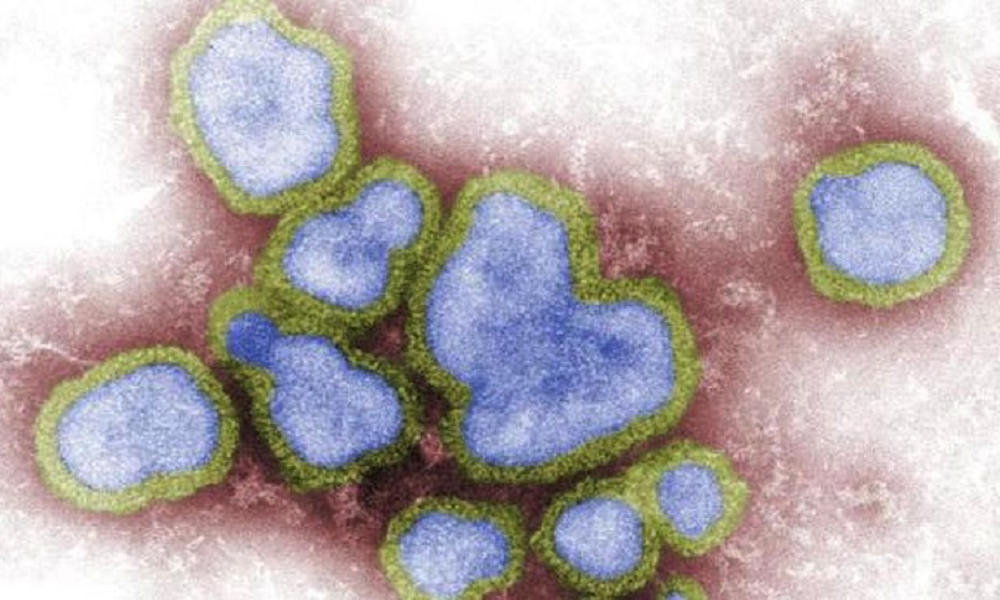Health
Child in California tests positive for H5 bird flu

Health officials in California are investigating after a child with mild respiratory symptoms tested positive for H5 bird flu, despite having no links to poultry or dairy cows, which are typically the cause of human cases. Experts say there is currently no evidence of human-to-human transmission.
The child, who is recovering at home in Alameda County, tested positive for H5 bird flu after falling ill with mild respiratory symptoms, according to the California Department of Public Health (CDPH). A second test four days later came back negative. The child was also found to have other respiratory viruses which could explain their cold and flu-like symptoms.
Test specimens have been sent to the Centers for Disease Control and Prevention (CDC) for confirmatory testing, which could take several days. If confirmed, further analysis would be needed to determine the exact subtype of avian influenza, although H5N1 would be most likely.
The source of the infection remains unclear as the child had no contact with poultry or dairy cows, or any other animal known to be infected with bird flu, though public health experts are investigating a possible exposure to wild birds.
“Due to mild respiratory symptoms, all close family members of the child were tested – and all are negative for bird flu and not suspected of having the virus at all,” CDPH said in a statement on Tuesday. “Family members were also confirmed to have the same, more common respiratory viruses as the child.”
Both the child and family members are being treated with preventive medication.
Dr. Tomás Aragón, Director of the CDPH, emphasized that no human-to-human spread of bird flu has been documented in any country for more than 15 years. “Based on the information and data we have, we don’t think the child was infectious,” Aragón said, citing the low levels of virus in the positive test.
In a statement, Alameda County Health Officer Nicholas Moss said: “While it is reassuring that we have found only one mild bird flu case, we will continue to monitor the situation closely. Fortunately, bird flu remains rare, and most people are unlikely to be exposed unless they work with sick birds or cattle.”
A newer strain of H5N1, clade 2.3.4.4b, has raised concern due to its global spread and the rising number of cases in mammals, including hundreds of outbreaks among dairy cows in the United States. This year has also seen a limited but growing number of human cases after contact with birds or cows.
LINK: A list of all human cases of H5N1 bird flu since 2021
72 human cases of H5N1 bird flu have been reported so far this year, including 58 in the U.S., 10 in Cambodia and one each in Australia, Canada, China, and Vietnam. Only the U.S. cases – 29 in California, 14 in Washington, 10 in Colorado, 2 in Michigan and one each in Texas, Missouri and Oregon – and the one in Canada were caused by the newer variant, clade 2.3.4.4b.
Earlier this month, Canada reported its first human case of H5N1 bird flu in a teenager with no links to poultry or dairy cows. The teen is being treated at a hospital in British Columbia and was last reported to be in critical condition. It remains unclear how they may have been infected. In September, Missouri reported a human case in which the source was also unknown.

-

 US News1 week ago
US News1 week agoJetBlue flight diverts to Tampa after altitude drop injures at least 15
-

 Breaking News5 days ago
Breaking News5 days agoAt least 3 dead, 11 injured after UPS cargo plane crashes near Louisville airport
-

 World1 week ago
World1 week agoStrong 6.3 earthquake strikes northern Afghanistan; felt across Pakistan
-

 World7 days ago
World7 days agoProtesters storm government building in Mexico after killing of local mayor
-

 World1 week ago
World1 week ago10 people stabbed on train in Huntingdon, England
-

 US News4 days ago
US News4 days ago5 firefighters injured in vehicle explosion in the Bronx, NYC
-

 Business1 week ago
Business1 week agoYouTube TV drops Disney’s ABC and ESPN after companies fail to reach deal
-

 US News4 days ago
US News4 days agoDeath toll rises to 11 after UPS cargo plane crash in Louisville




